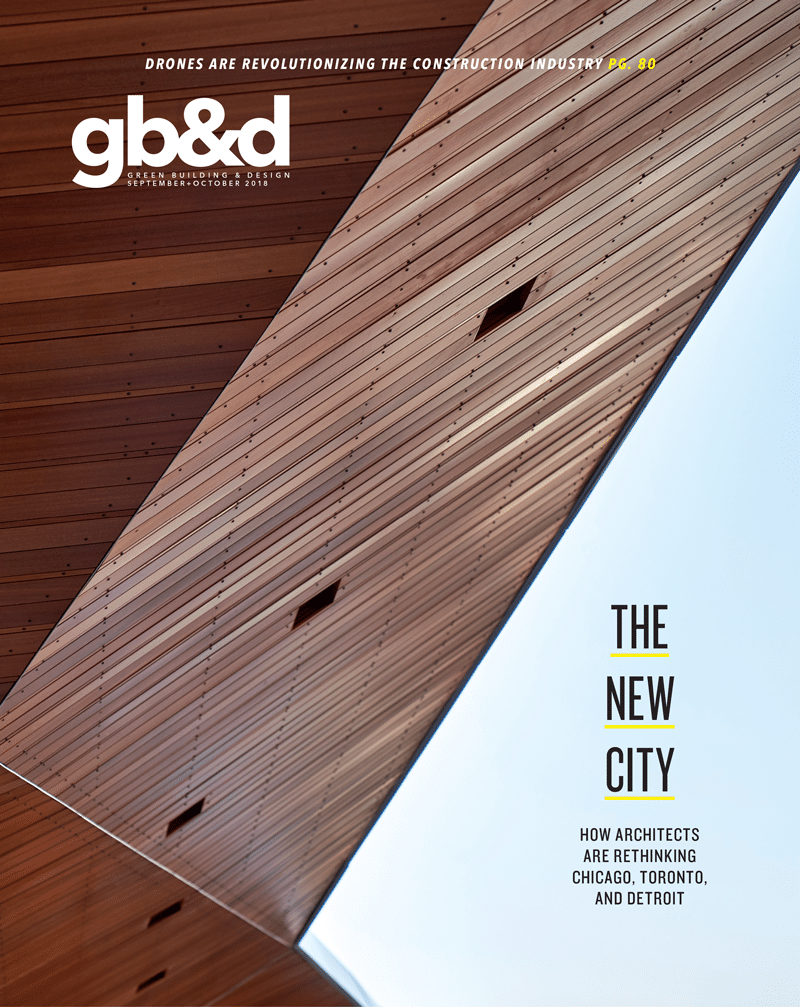mmcité brings people together with inspiring design in outdoor spaces all over the world.
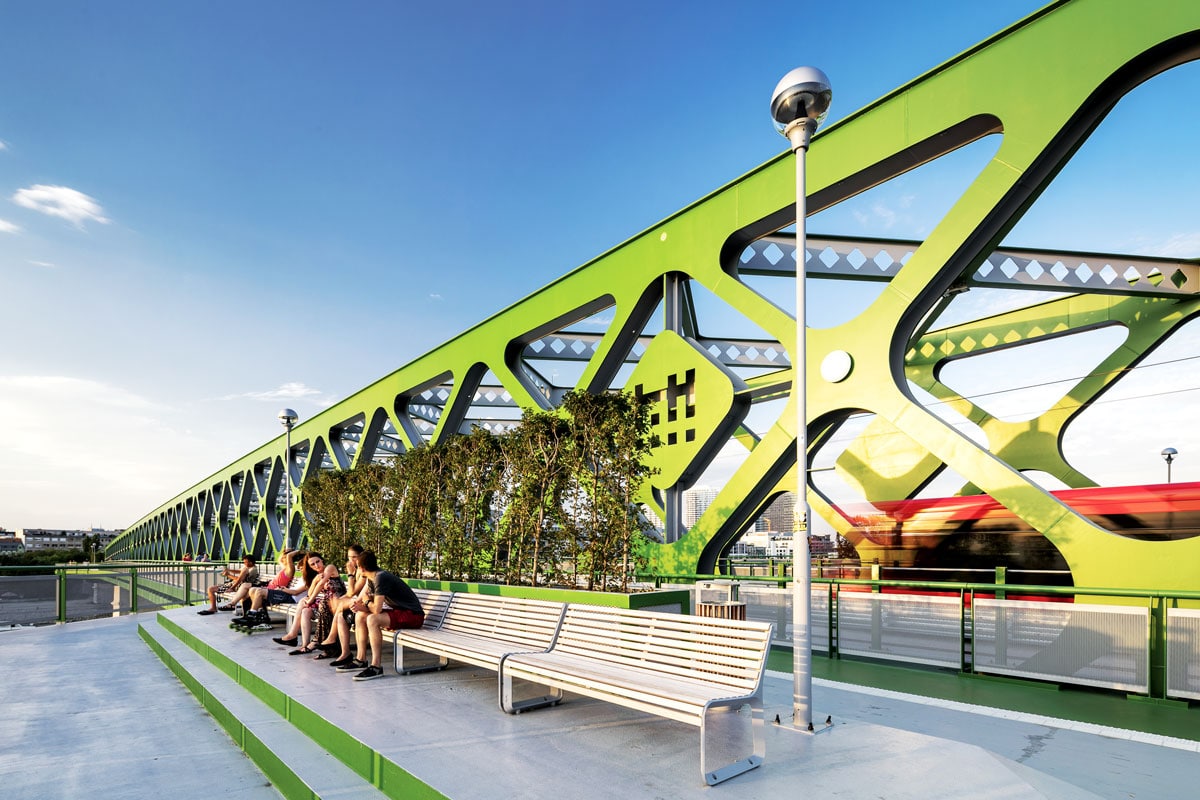
The portiqoa benches incorporate smart shapes with softly curved sides made of aluminium alloy. [Photo: Courtesy of mmcité]
The best street furniture beautifies urban spaces while bringing people together and challenging the norm with high design. At least, that’s the mission of mmcité, the Czech Republic–based company that creates everything from colorful outdoor tables to smart benches that let you charge your phone.
mmcité was founded by David Karasek, chief designer and cofounder, alongside cofounder Radek Hegmon in 1994. Together, they and a team of designers and engineers work with renowned architects all over the world to bring clever, engaging concepts to life, whether it’s bus or bicycle shelters, park benches, litter bins, planters, or many other products.
Recently, mmcité worked with top landscape architecture and urban design studio DAVID RUBIN Land Collective in the U.S. As part of this partnership, mmcité updated its classic bench, Vera, to have a narrow-wood design, installing approximately 12 benches outside at the new Cummins office in Indianapolis. “The site itself is comprised of many different opportunities to gather,” says David Rubin, Land Collective’s founding principal, noting a high-tech table where you can charge your computer to amphitheater-style seating and movable tables and chairs. The design team worked with mmcité to ensure well-designed, comfortable benches that could accommodate multiple people were also a major part of the project. Karasek says it’s a great example of architecture intersecting with the design of a public space.
FROM OUR SEPT+OCT 2018 ISSUE
The preferred publication of leading green professionals.
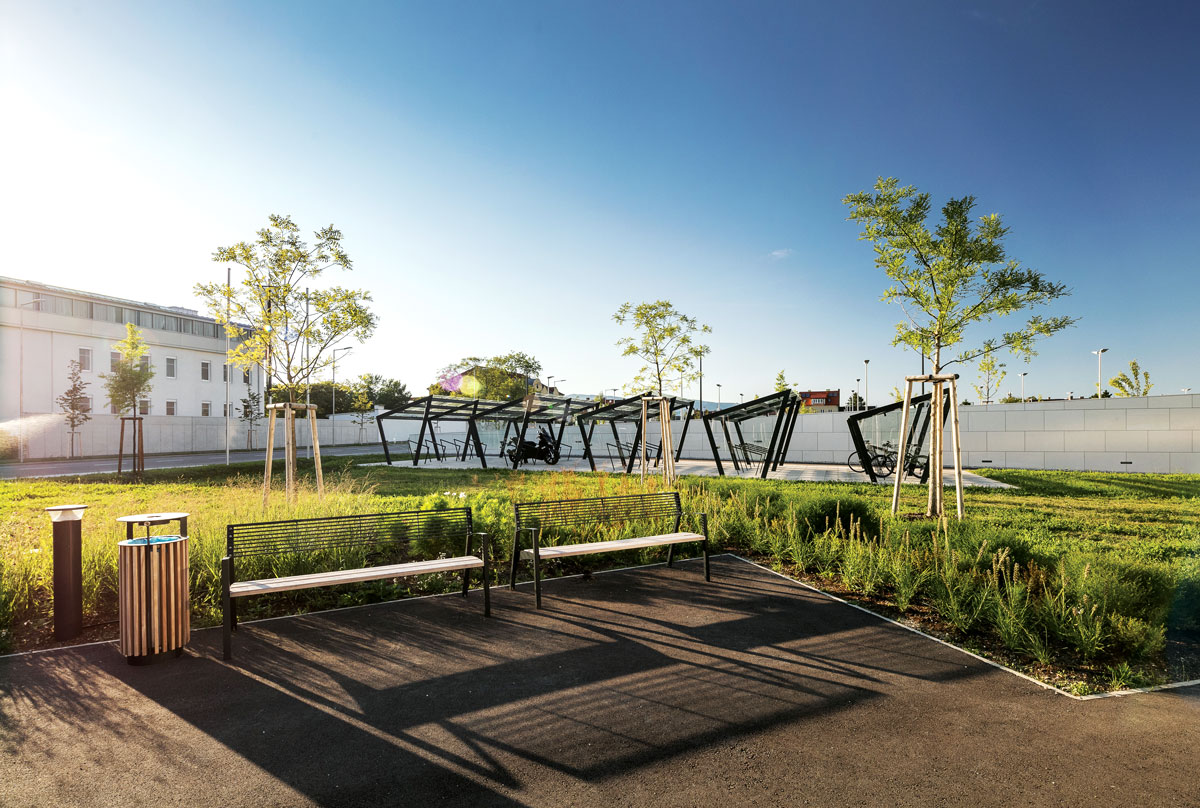
[Photo: Courtesy of mmcité]
Even after decades of pushing the design envelope, mmcité continues to transform spaces through:
Flexible Design
For the Cummins project, mmcité matched the client’s mission and aesthetic with a customization of its Vera benches outside. Inside, employees have open seating and can work where they wish—whether at a standing desk, group table, walking desk, or outside in the fresh air. Rubin says the studio designed the outdoor area in response to the building design by Deborah Berke Partners and Ratio Architects, and mmcité’s offerings were a great fit. “We’re striving to create environments in which the full breadth of citizenry can find themselves engaged with each other and comfortable within any landscape of our creation, so the more variety you offer people the more likely you’re going to capture their attention,” Rubin says. “The more comfortable they are in an environment, the more likely they are to linger and converse with each other.”
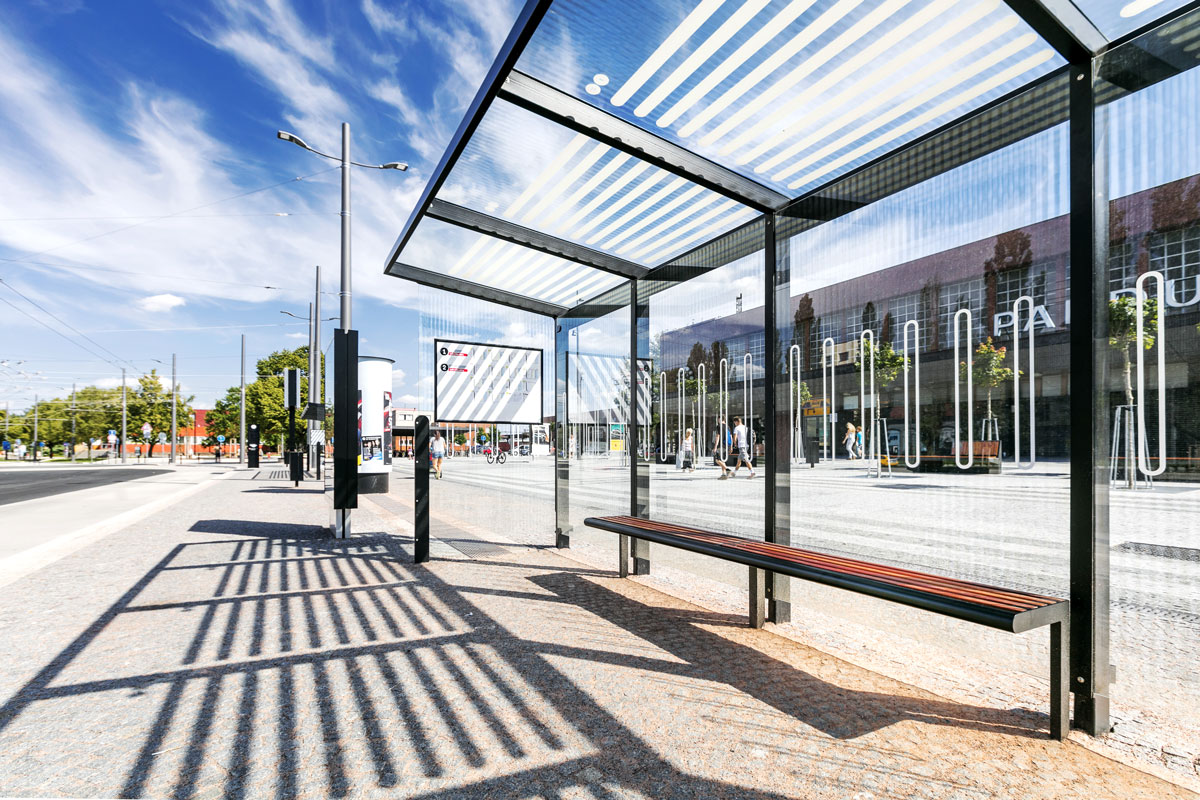
[Photo: Courtesy of mmcité]
Smart Features
mmcité has a bevy of smart features it’s rolling out, too. The company revealed a prototype solar-powered bench—Woody Solar—in late 2017. The bench uses the sun to power chargers for electronic devices, and it also acts as a WiFi hot spot. “Here in Europe it’s very trendy to be smart,” Karasek says. “Everybody has everything in their smartphones now—your calendar, your communication, all your knowledge is in the smartphone.” Cue panic, then, when phone batteries die. “You should have the possibility to charge your phone, even for a few minutes, in many, many places around the city. That’s why we decided to develop this charging port and use USB. We think it’s practical.”
Now more than 10 mmcité products feature USB charge ports, the most in-demand accessory currently. Many products also feature LED underlighting as part of the company’s smartcité line, which Karasek says improves security in public spaces. Plus, these high-design benches include sturdy steel tables, so you have room to spread out and stay awhile.
The eBlocq bench is a more experimental product from mmcité that’s also generating excitement. The hardwood bench has six lockable compartments inside, each one fitted with a standard plug socket for charging e-bike batteries or laptops, plus two USB sockets for mobile devices. Each compartment is illuminated and large enough to hold a cycle helmet. “This is a very special bench,” Karasek says. “Nobody else offers this, but we think it’s quite technical and interesting.”
For Karasek, the possibilities are endless. “mmcité is not just a supplier of quality pieces of street furniture, but also a partner of all those who wish to create something extraordinary in public space,” he says. “Every city is beautiful; you just need to find and show off that beauty.”
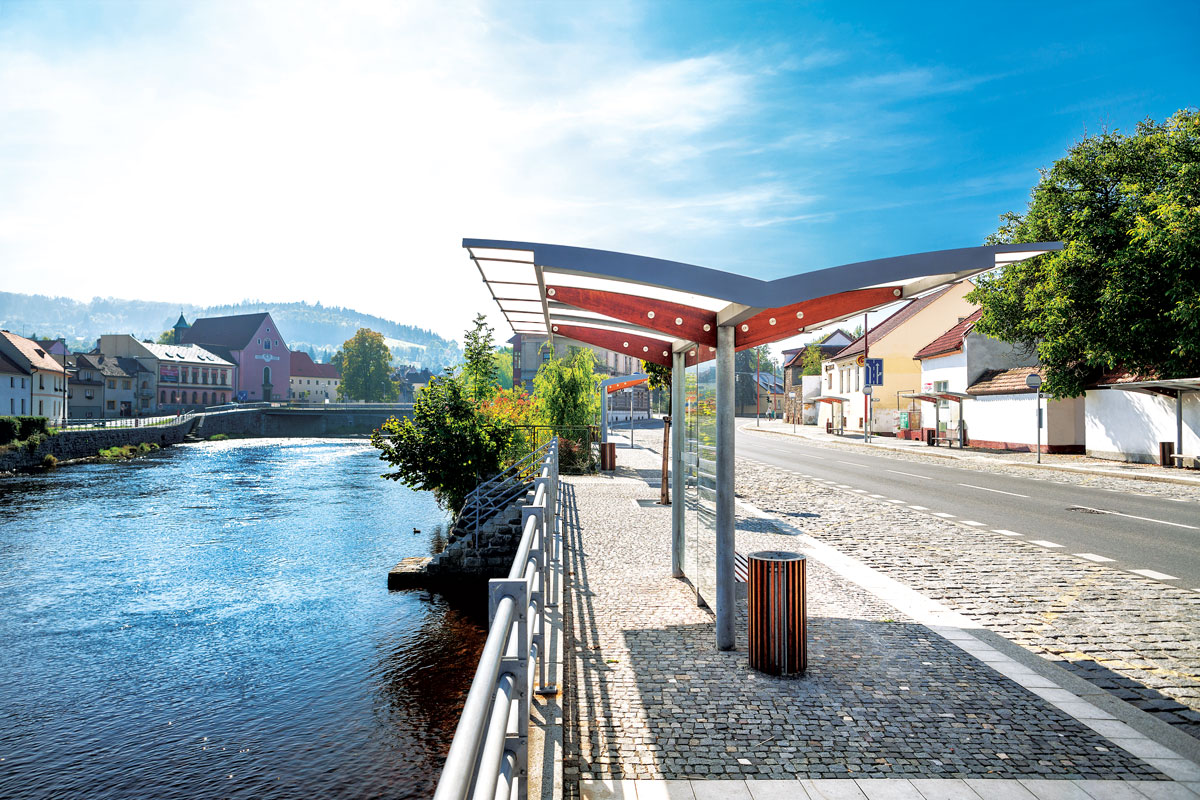
[Photo: Courtesy of mmcité]
Customizable Products
mmcité offers a range of materials or custom colors so DAVID RUBIN Land Collective could match their benches to the black locust tables already onsite, for example. “It’s that combination of durability, flexibility, and adaptability that allowed us to select mmcité with greater ease,” Rubin says.
The firm also worked with mmcité in Allentown, Pennsylvania, on an Arts Walk project. There, they combined mmcité’s custom and standard furnishings. “One of the pleasures of working with mmcité is that you can customize off-the-shelf work to fit the needs of a specific project,” Rubin says. In Allentown, they modified not just the type of wood and finish—as in Indianapolis—but also added underlighting to the benches. Rubin says, “The result is quite handsome.”
Innovation
“The company is driven by designers,” says Karasek, adding that the mmcité team is large—with 300 people across departments. “But most important for us is the design and creation.”
While it may be difficult—or expensive—to keep developing new and exciting products, Karasek says it’s a big part of the company’s mission. He says it may be easier for a company to make something “generic,” but that is not the mmcité way. “Our way is to create, and our way is to be original. People have asked me for years if it’s boring to design for so long in one field. It’s not boring—it’s very exciting for me.” He says mmcité continues to strive to bring strong contemporary design to public spaces. “To design something for a public space is much more important than to design some high-end product dedicated to only a few people,” he says. “We can affect people who are not just typical visitors of galleries. We can influence them through design.”
Karasek says mmcité uses the same level of design you’d see in top showrooms, but for the public. “Through very high-end quality design we can change the behavior of people,” he says, adding that a space that’s made well makes people feel cared for.
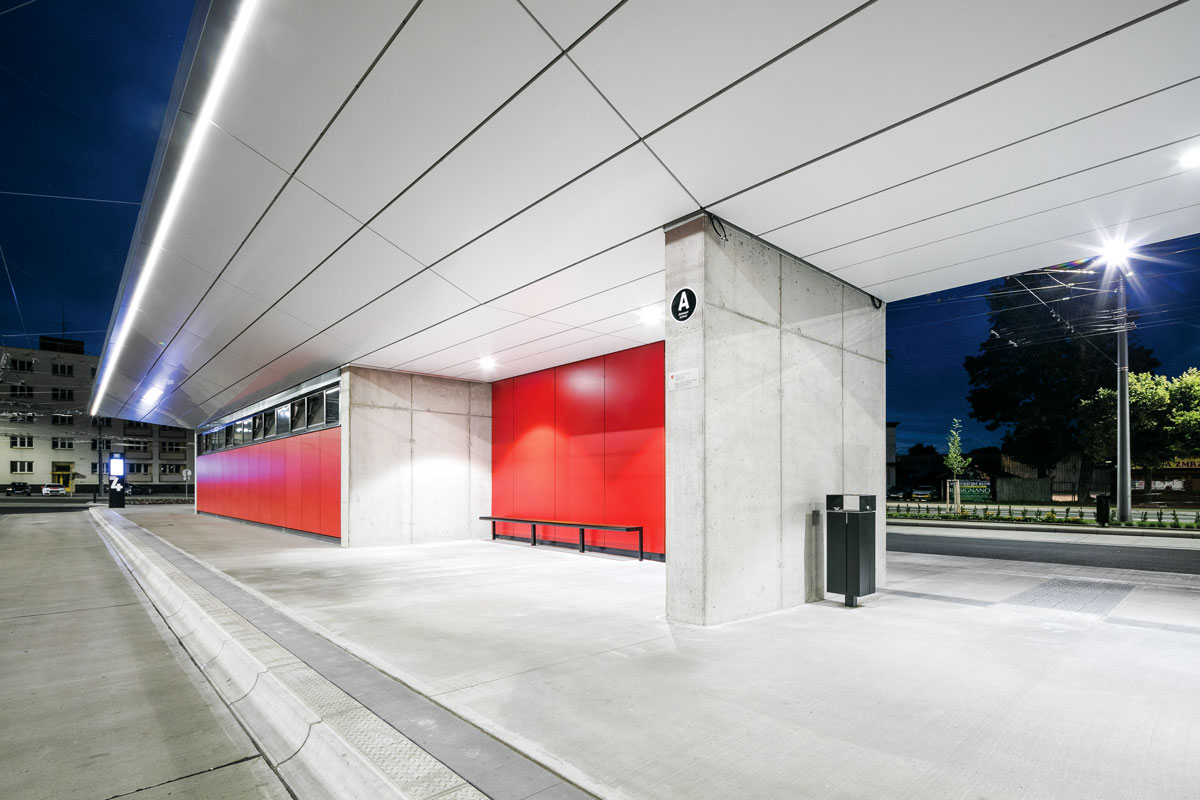
[Photo: Courtesy of mmcité]
Sustainability
What goes into mmcité’s materials is important, too, and the company has won numerous awards that show they care—including the GOOD DESIGN Award, which includes environmental sustainability critera, for its Meandre bicycle stand made from flexible rubber, and recognition for its Blocq range of large, wooden benches.
Considering materials is even more important when designing for public spaces, Karasek says, because they are one of the most demanding environments. There, you have not only weather to consider but also the issue of ownership—when no one owns a space, user behavior differs and you could face vandals. “We have to consider that as designers, and we have to design all things to be durable,” Karasek says. As such, the range of materials is more limited. “We can use some steel, cast iron, or aluminum, we can use some specific wood if it’s durable enough, but it’s quite difficult. We are continuously looking for new materials that are strong enough for this demanding environment.”
mmcité recently began using a new material, Resysta, made of 60% rice husks, 22% common salt, and 18% mineral oil. It’s extremely durable—resisting sun, rain, frost, and even saltwater—and recyclable. And while it looks like wood, it requires minimal maintenance and is highly resistant to pests, mold, and cracks. mmcité’s Vera bench is made in part from this eco-friendly material.
Another new and alternative material is High Pressure Laminate (HPL), a durable material that allows for work with very thin boards, incorporating any digitally printed graphic motive. It’s a great opportunity for creative architects.
As Seen In
- 2018 World Cup Stadium, Moscow
- Charles de Gaulle Airport, Paris
- Cummins Office Park, Indianapolis
- Olympic Village, Rio de Janeiro
- 8 House, Copenhagen
- 4Blok, Prague
- Navy Yard Corporate Center, Philadelphia

